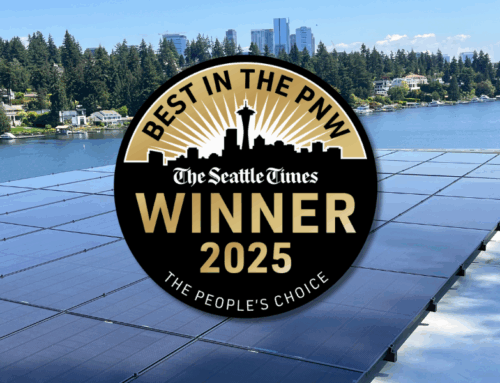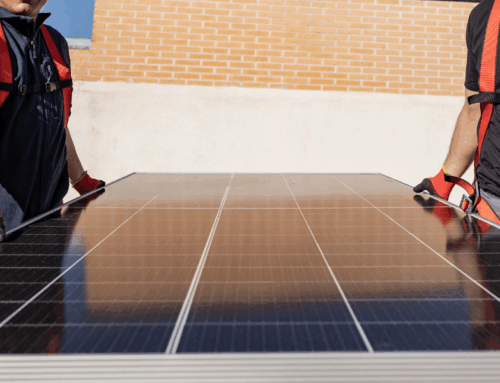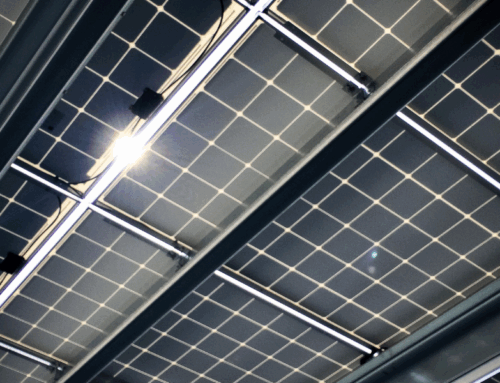The most common concern we hear from Washington homeowners considering solar is about our cloudy weather. However, real production data from thousands of Washington installations tells a different story. Not only does solar work in the Pacific Northwest – it often outperforms expectations due to several unique regional advantages.
Modern solar technology has evolved significantly, making cloudy weather less impactful than most people think. Today’s panels can generate significant power even in diffuse light conditions. While direct sunlight produces optimal power, panels still generate 10-25% of their rated capacity on cloudy days. Our long summer days help offset shorter winter days, resulting in annual production that surprises many homeowners.
Temperature plays a crucial but often overlooked role in panel efficiency. Solar panels actually perform better in cooler conditions, giving Washington installations an advantage over hotter regions. While Arizona panels lose efficiency in 120-degree heat, our moderate climate helps maintain optimal operating temperatures. This efficiency boost partially compensates for our cloudier conditions.
Seattle’s annual sun hours might surprise you. We receive about 152 sunny days and 88 partly sunny days annually. More importantly, our longest sunny days align with peak electricity usage during summer months. Washington systems often produce excess power during summer, building up credits for darker winter months through net metering.
Production data from our installations is compelling. A typical 6kW system in Washington generates around 6,500-7,200 kWh annually – enough to offset 60-80% of average household consumption. While production varies seasonally, annual totals often match pre-installation estimates, demonstrating the reliability of solar in our climate.
The financial case remains strong despite our weather. Washington’s high electricity rates mean each kilowatt-hour generated provides more value than in sunnier states with cheaper power. Combined with the 30% federal tax credit and local incentives, solar offers attractive returns even in our cloudy climate.
Technological advances continue improving cloudy-weather performance. Bifacial panels, which can capture reflected light from both sides, perform particularly well in Washington’s diffuse light conditions. Smart inverter technology helps maximize production in variable weather, ensuring every bit of available sunlight is converted to usable power.
Ready to learn how much solar can save you in Washington? Contact Sunergy Systems today!









